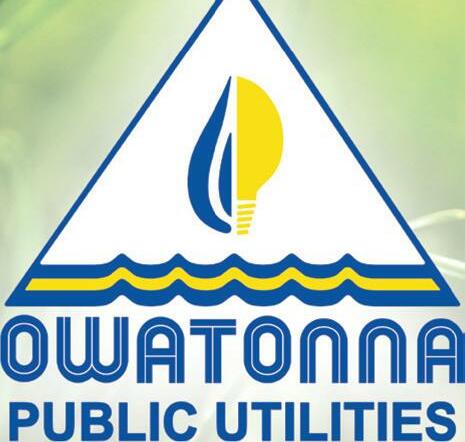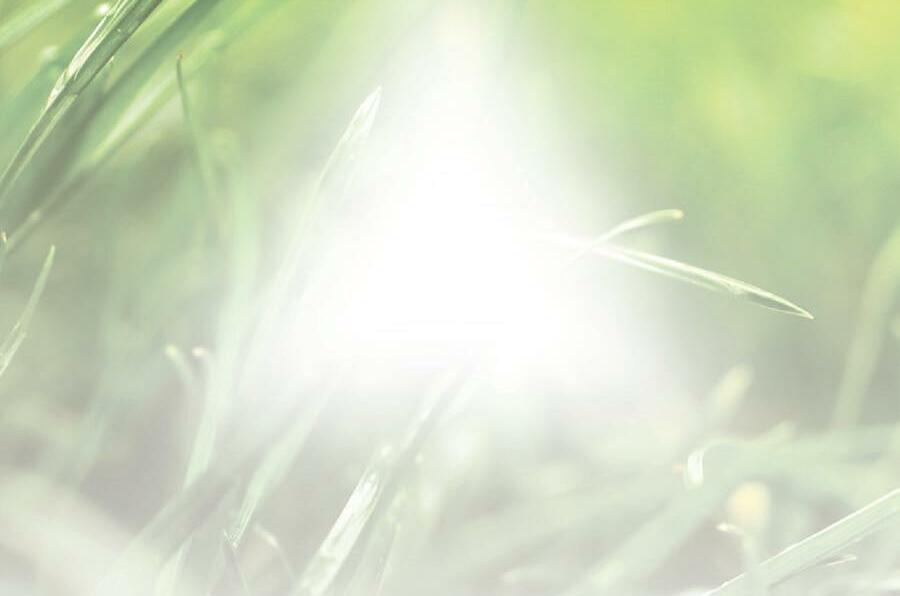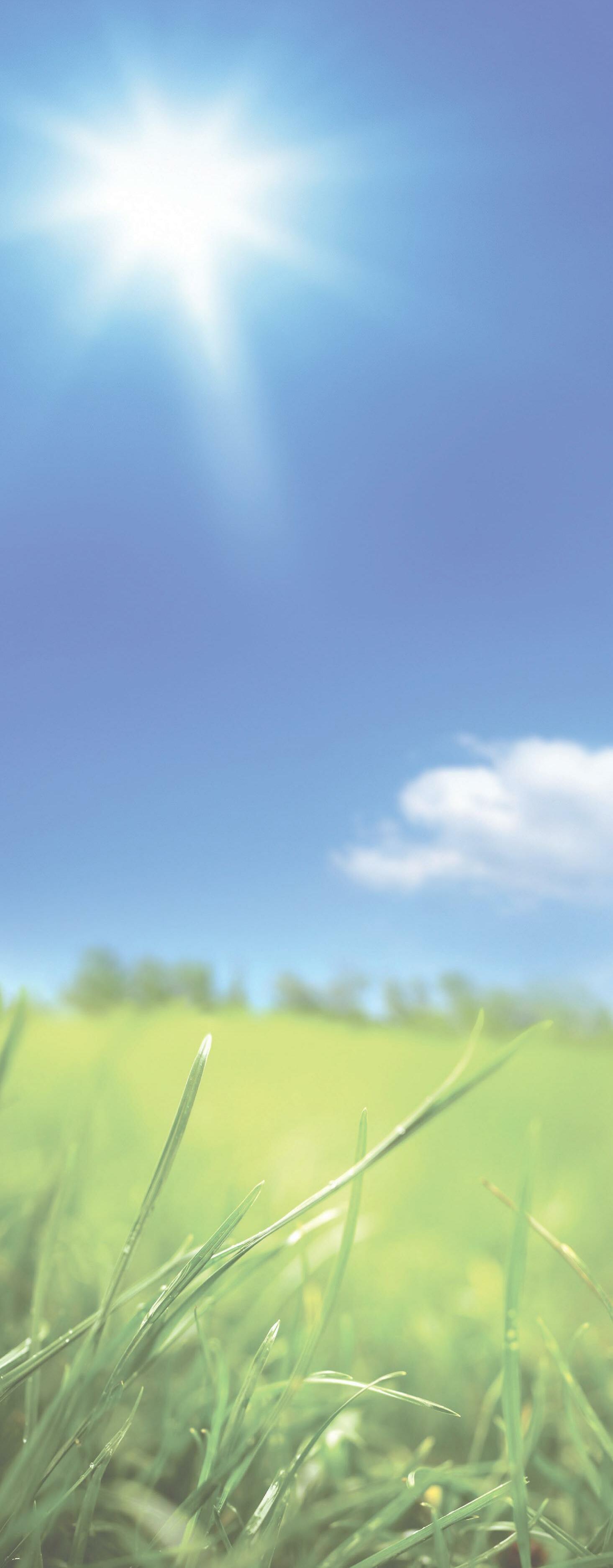













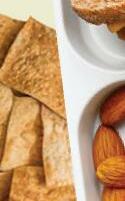


























































































Tired of being cooped up at home or school? Sounds like you’re ready for an adventure. And you don’t have to travel any farther than your yard or nearby park. Winter can transform your familiar places into exciting places to explore.
You’ll need to take some precautions and bring along gear for a winter adventure. You’ll also need to keep your eyes open. Let’s get started!
Brrr. It’s cold out there Wind and cold temps can make even a sunny day feel cold, so bundle up and cover up.
• Dress in layers, which help hold in your body heat. One layer could be a turtleneck, the next a fleece top or sweater and the last a jacket that breaks the wind.

• You also lose a lot of body heat through your head, so add a cap — be sure it covers your ears.
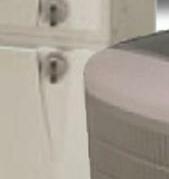
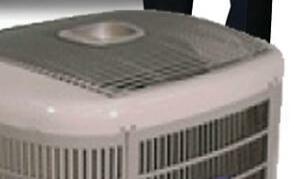

• Pull on a pair of insulated gloves or mittens — mittens are best because your fingers keep each other warm. A pair of glove liners under your mittens will let you use your fingers while keeping them warm during your adventure.
• Wrap a scarf around your neck to keep out chilly breezes.
• Pull on boots that will keep your feet both warm and dry. Add an extra pair of socks.

• Top it all off with sunscreen and sunglasses.
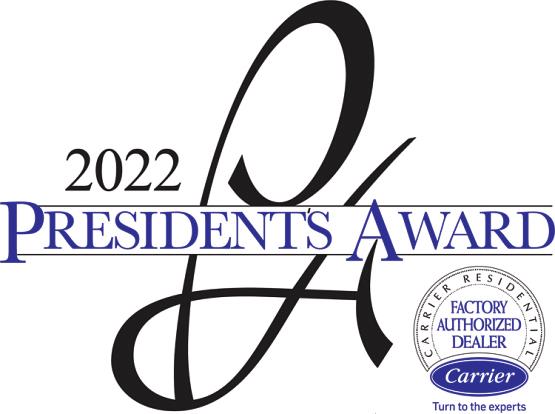
Grab a small drawstring backpack and fill it with the items you might need. Think about including:
• Phone for photos, identifying bird calls and in case of emergencies.
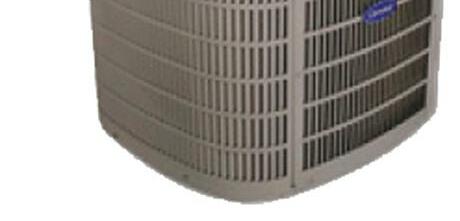
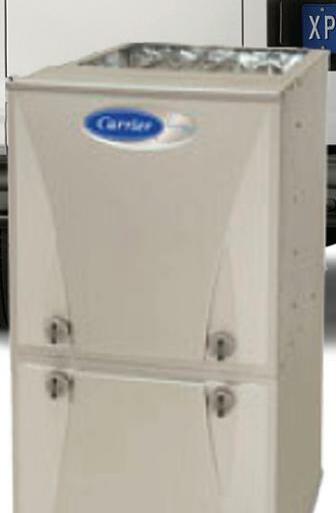
• Magnifying glass to give you a close-up look at animal tracks, tree bark and snowflakes.
• Small notebook or sketchpad to record or draw your findings and questions.
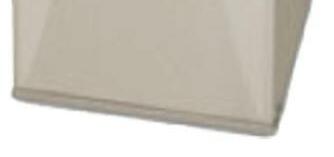
• Bottle of water.
• Snack like trail mix, dried fruit or a granola bar.
Start with the big picture then zero in on the details.
• Sky. Is it clear or cloudy? What kind of clouds? What is the angle of the sun? Look for interesting shadows. On very cold, sunny days, you may be lucky enough to see rainbows on either side of the sun. These are called sundogs. Watch for birds flying overhead. Are they in a formation? If you hear or see a bird you don’t know, use the free app, Merlin, to identify them.
• Trees or shrubs. Check out the patterns and shadows they leave on the snow or ground. Are there any birds or animals in them? Get closer and examine the bark. Is it smooth or rough; are there patterns? Do the patterns form faces or shapes? Are there signs of a woodpecker looking for insects?
• Snow. Is the snow dry or can you make a snowball with it? Pick up a handful of snow and look for individual snowflakes. Here’s where your magnifying glass comes in handy. Flop down and make a snow angel by opening and closing your arms and legs. Fill a small container with snow and put it in your freezer. Check it a day or so later. Has it changed?
• Critters. Many birds and animals are active all winter. Look for animal tracks in the snow. Take a photo or make a sketch so you can identify them later. Follow the tracks and see where they lead. Maybe they’ll head under a shrub, deck or tunnel under the snow. Bird tracks tell a story, too.
Once you begin to feel chilly, go inside. Then take a look at what you’ve recorded, drawn or photographed. If you have questions, ask a parent or older sibling, or research them on the Internet. Your adventure may lead to even more ideas and places to explore.
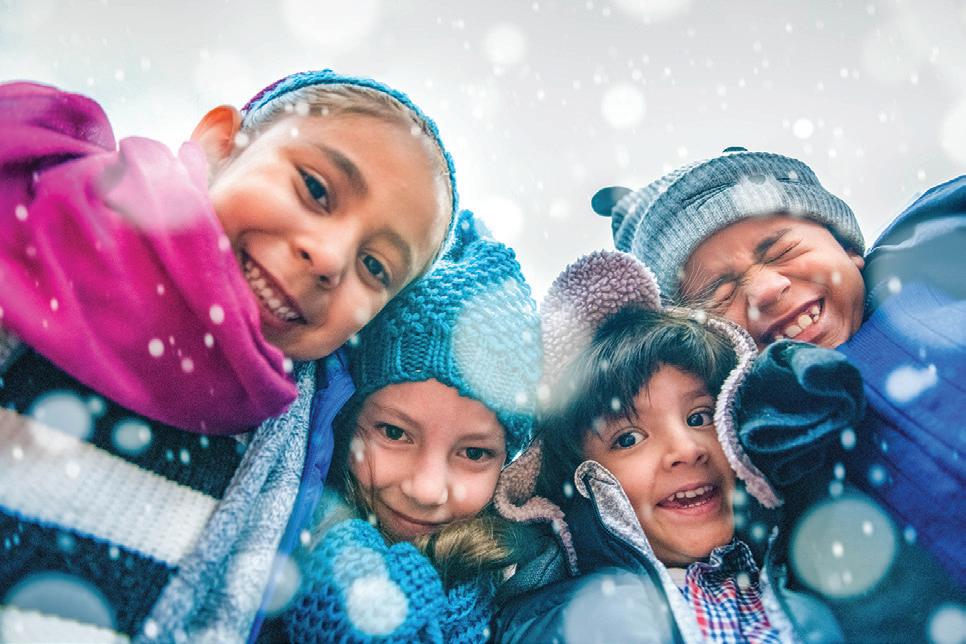
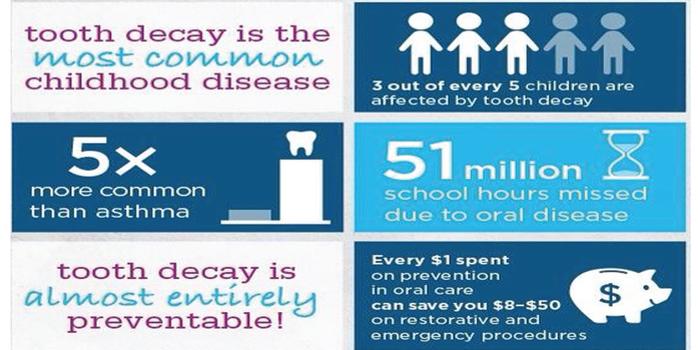
Come to the Steele County History Center
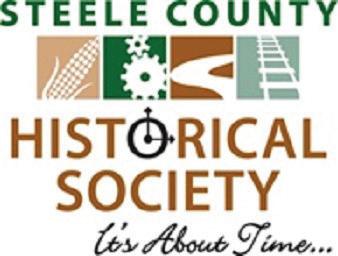
Saturday, March 25th to attend the Minnesota Archeological Show.
You will learn about things that people made years ago, used, and left behind. The Minnesota Archeological Society sponsors this show at the History Center from 9 to 5 pm. This is a great way to learn about how people in the past lived and discover something about their culture. Objects displayed at this show will be from all parts of Minnesota including southern Minnesota.
Minnesota has a rich history where many archeologists have found and discovered pieces from history. These discoveries tell the story of the past and are oftentimes found along lake beds such as Rice Lake, Beaver Lake and Oak Glen Lake, plus around the shores of the Straight River, Maple Creek and Turtle Creek. Did you know an arrow head stuck in a bison bone was recovered from the bottom of Beaver Lake when
explored in 1975. Some things that you might see when you come to this event maybe Native American tools, cooking utensils, arrowheads, fossils, vessels, copper tools, spears, stone tools, rocks, minerals, and other pottery fragments.
You can have fun discovering artifacts, examine what you find, and record the discovery. To be an at-home history detective, otherwise known as an archeologist, follow the directions below. You will need sand; water; mixing bowl; wooden spoon; measuring cup; plastic spoon, fork, and knife; one plastic rectangular container; along with small plastic toys to bury.
Directions:
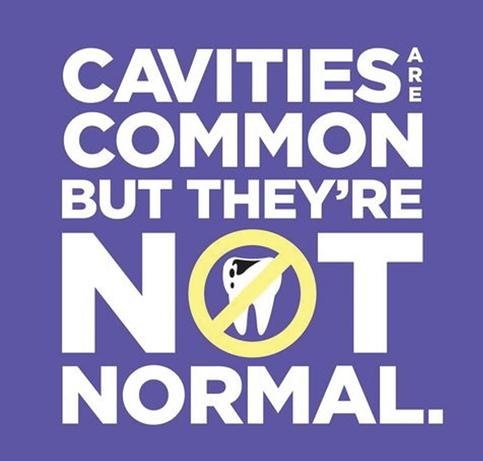
1. Put 1 cup of sand in the mixing bowl. 2. Add 1/3 cup of water to the sand 3. Mix well and place ½ of sand mixture in rectangular container 4. Place plastic toys objects on top of sand 5. Spoon rest of sand on top of toys and pat down 6. Let dry in a safe location overnight

7. Use the plastic spoon, fork and knife to uncover and discover your toys
8. Name all the objects that you found
9. Write the date and what you discovered……. You are a real history detective!

Do you want to be a history detective?
what’s new for science, technology, engineering, art


math. In this issue of Kids Konnect we’ll explore what’s new in each of the fields of science. What are some new technologies we’re hoping to see this year? How can you become an engineer this year? What are the new things happening in the art world? Building a mathematical mind is more than add, subtract, multiply & divide! These are some big ideas, so follow along and see what we’re hoping to discover in 2023!













































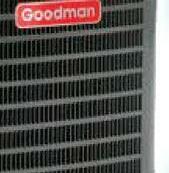
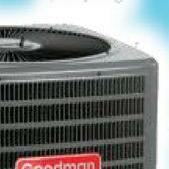

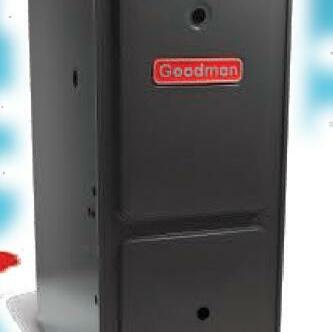








Earth Science: What’s in store for the Earth in 2023 Energy is the big topic for the coming year and sustainability energy sources are reaching new demand and becoming more affordable for everyone to use. The use of old fashioned fuels, such as gas, oil and coal have caused a lot of environmental problems and pollution. However, clean energy like electricity has become much more efficient and easy to use. Electricity production from solar farms, wind farms and high capacity batteries creates a real chance to reduce pollution. Watch for more affordable electric vehicles, small solar panels for recharging small devices like phones, camping gear and toys. Relying on renewable energy will help reduce pollution on Earth, reduce climate change and help us save money!




Community Supported Agriculture where families can grow food and use solar panels to generate electricity and trade batteries for energy storage!
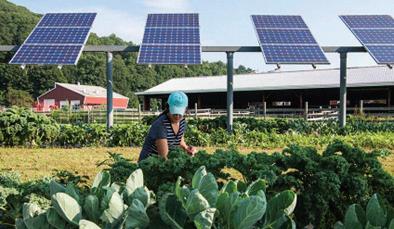




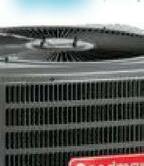


The biodiversity of living things here on Earth is amazing to see and experience. Every yer scientists discover new species of plants, insects, fish, amphibians, reptiles, birds and mammals. However, not all of these discoveries are of currently live species, some of them are found in ancient fossils.
Some of the new species discovered in 2022 include Rainbow fish, and the Dumbo octopus
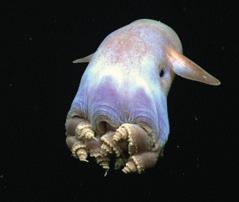

Archaeology and paleontology are sciences that study how the Earth was in the past. Archeologists and Paleontologists explore rock layers and sites where ancient people,


plants or animals used to live. The records of their bodies and behaviors can be found in the rocks that the Earth formed over thousands and millions of years.
In 2023 we can expect new discoveries that help us understand how plants and animals are related through ancient ancestors. New species of dinosaurs may help us
understand how s o many species disappeared all during the same time frame in earth’s history. Also, how some species of fish, reptiles and birds have made dramatic changes since their ancestors.
In 2022, the James Webb Space Telescope (JWST) was launched and new images from space have revealed the planets, stars and galaxies to be far more detailed and beautiful than ever before! Look for new images of

never before seen things from our solar system and the distance reaches of space.
Check out the new image of Neptune for 2022, compared to previous pictures from 1989, 2021:

Artificial Intelligence (AI) is a computer program or machine that can remember and learn things from interacting with us. Some devices that are beginning to take on AI abilities such as our smartphones, Alexa or Google Home speakers or smart watches. In 2021 we should see even more everyday items that will listen and talk to us that will remember what we said and respond to our we’re asking the machine to do, that’s pretty smart!
This is the future of driving cars, trucks and motorcycles, where the vehicles can listen to each other and help protect us from crashes and not getting lost. As more and more people are using smart vehicles hopefully there will be fewer car accidents and less people injured when out driving. In large cities this will also help reduce traffic jams and protect pedestrians who are out walking!

Internet of Things (IoT): Where “dumb” machines become smart by connecting to other machines using the internet.
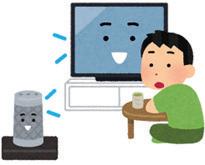
The Internet of Things (IoT) connects dumb devices like refrigerators to the internet and uses software to connect them to our daily lives. Can a car talk to a house? In the future, your car might


tell your house that you are five miles away and please turn on the lights and warm up the house. This is an example of an idea called the “Internet of Things” or IoT. Because wi-fi networks have become so common, dumb objects like refrigerators, washing machines, and cars can include internet access with software to make use of the internet connection.
Expect assistants like Alexa, Siri and Ok Google to become more a part of everyday life where we are asking machines as many questions as we ask each other!
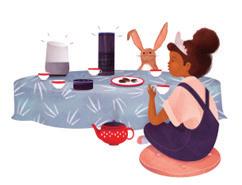
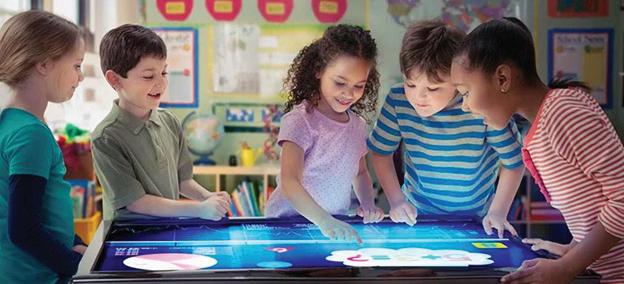
Engineering is about figuring out what is causing a problem, then designing a solution that works the most efficient way possible. Here are some ideas on how to solve tomorrow’s problems by figuring out how to fix ones we see everyday.



Start solving problems with learning skills in making things you need or want with leftover, throw away, or broken materials. Doing things like this is a trend called being a “Maker”. Try learning to knit or crochet so you can make some of your own clothes.
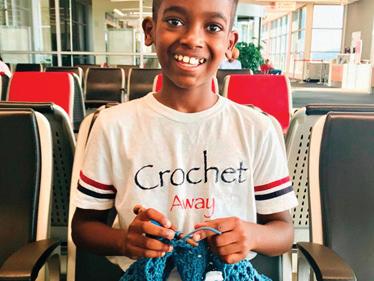
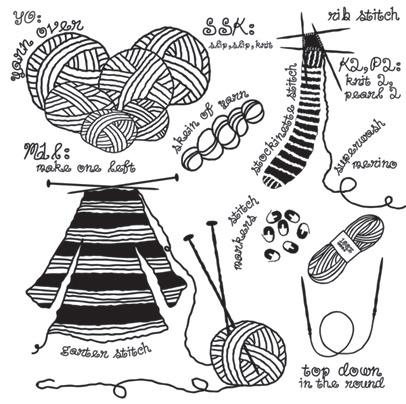
Learning how to make your own ice fishing gear and try ice fishing with the new stuff.

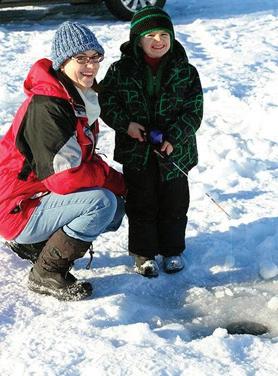
Build something that feeds birds, but keeps out the squirrels.
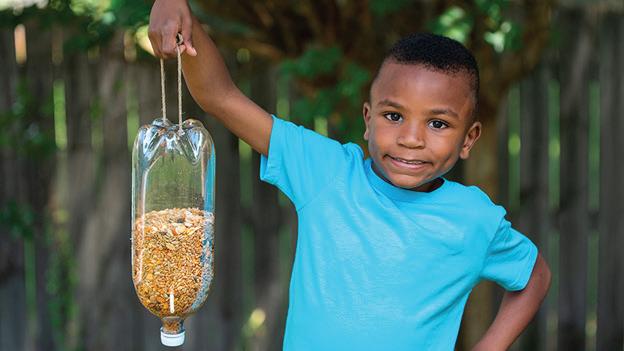

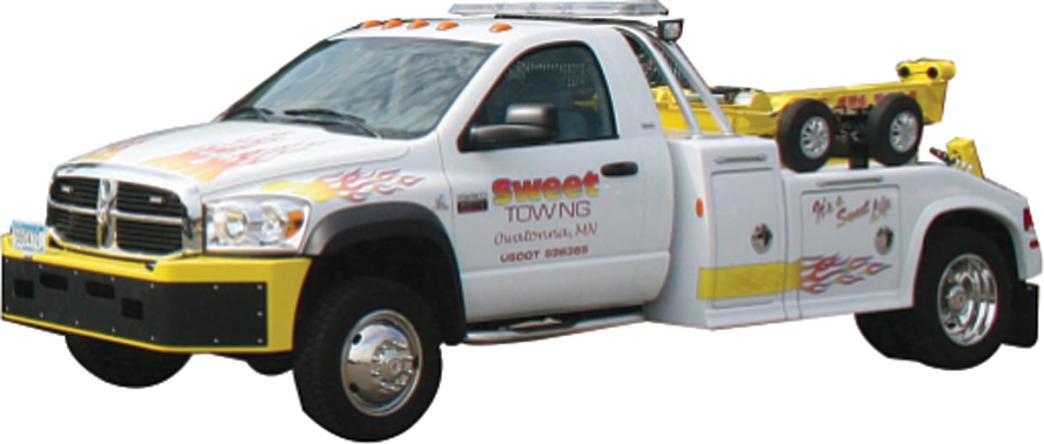
What are things you can make for yourself, so you don’t have to buy it at a store or online?

Art and Science Will Come Together when we combine close observation with the beauty we find in nature, color, texture and design.

Trying some exciting new experiments painting using materials, like combining water color paints with oil based paints produces amazing swirls of color since oil and water will NOT mix together!
or try an acrylic pour painting, where the different paints don’t mix and make images that are amazing to see. I can be messy, so be sure to cover the table you are working on with an old cloth or newspaper!


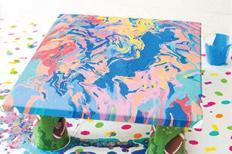

What you need are Tempura Paints in different colors, start with a rainbow: red, orange, yellow, green, blue, indigo and violet. Small paper cups, water, a either paper or canvas painting frames.
Set up the area for painting so spoiled paints land on either an old cloth or newspapers. Add colors of paints to the cups and add a small amount of water so the paints flow. Choose 3 or 4 colors and carefully pour small amounts on the canvas, allow the paints to swirl and mix. Once you have an image that you think looks “cool”. Set the painting aside to dry, once it’s ready and completely dry, then put it on display for everyone to see!

Fractals in nature: No matter how close or how far away the pattern is the same Count everything, and see the ratios that emerge
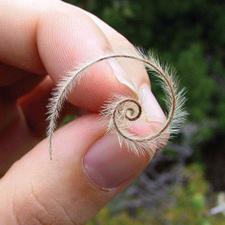
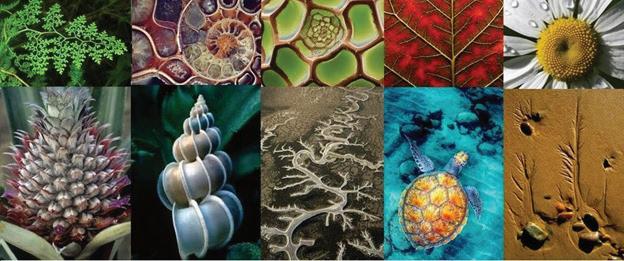
The Golden Ratio is everywhere if you look closely
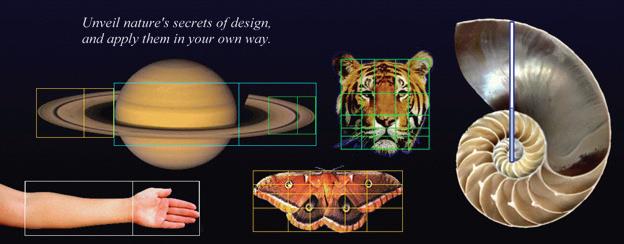
Play with numbers and data to find interesting hidden gems. Finding prime numbers, these are numbers that can only be divided by itself, see the list of numbers below, these are all prime numbers.
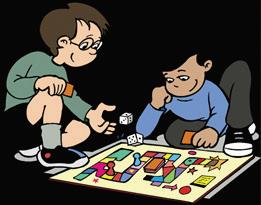
What is the next prime number after 23? Seven is just a “lucky” number; it’s the most common number that can appear when two six sided dice are rolled together.
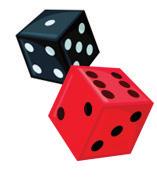
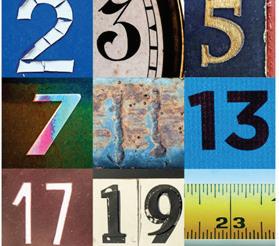
This happens because the opposite sides of a single die always add up to seven. Just looks at this example here:
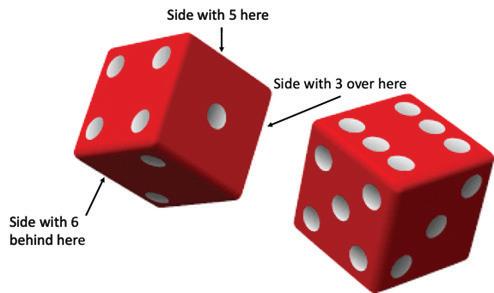
If you look carefully at this pair, each side showing can add up to seven, the tops, the insides and the outsides.
(Can you see the sevens here?)


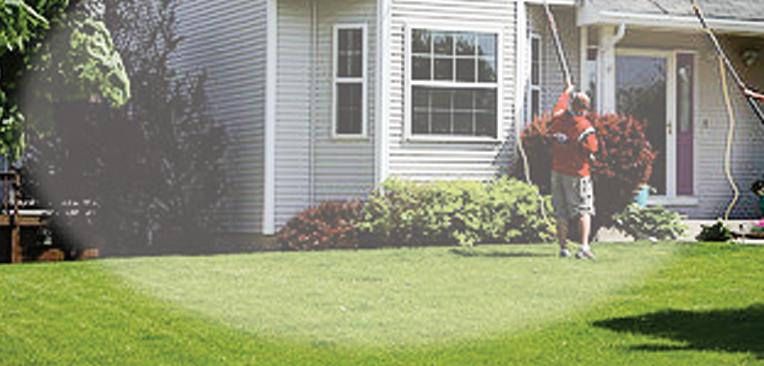







12 ounces uncooked spaghetti noodles
½ teaspoon salt

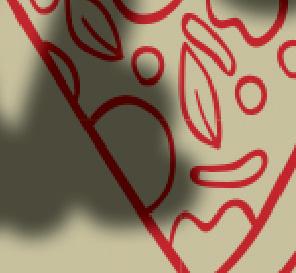
1lb Italian sausage
2 ounces sliced pepperoni

1 (26 ounces) jar pasta sauce
¼ cup grated parmesan cheese
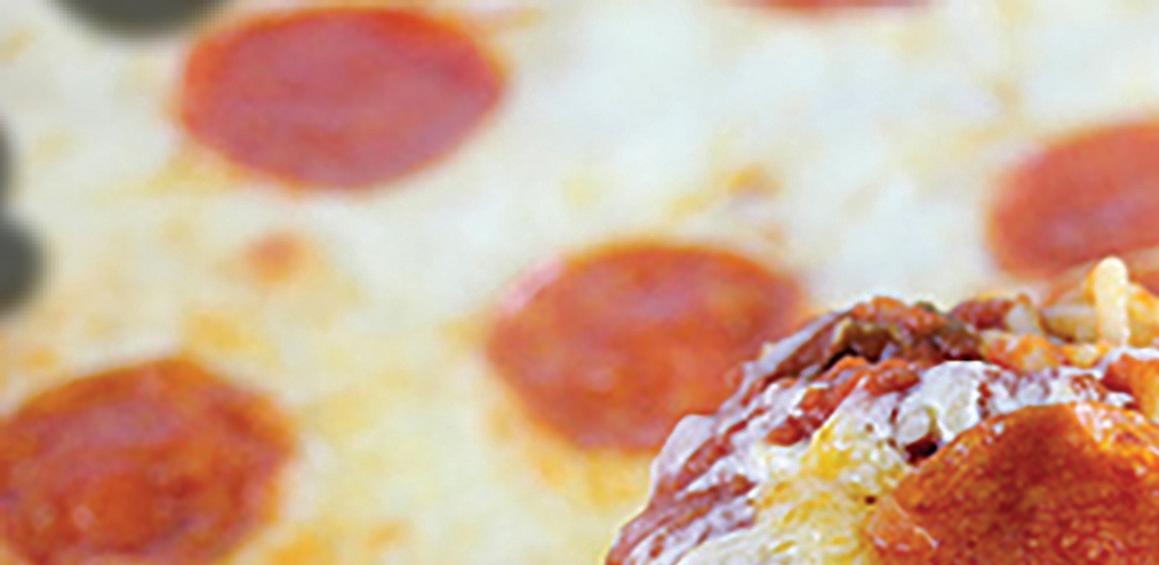
1 (8 ounces) package shredded Italian cheese blend
1. Preheat the oven to 350 degrees. Lightly grease a 9×13 inch casserole dish. Cook spaghetti noodles with a ½ teaspoon of salt according to package directions. Drain and place into the greased casserole dish.
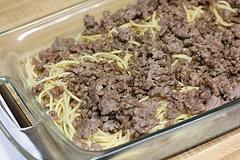
2. In a large skillet cook the Italian sausage while breaking it up into chunks with a spatula or spoon while cooking. Cook until the sausage is fully cooked. Drain any excess liquid from the pan.
3. Place the cooked Italian sausage on top of the spaghetti noodles in the casserole dish. Pour the pasta sauce over the Italian sausage. Spread half of the pepperoni slices over the top of the pasta sauce. Top with parmesan cheese and shredded Italian cheese blend. Arrange the remaining pepperoni slices evenly on top of the cheese.
4. Lightly spray one side of a piece of aluminum foil (large enough to cover the baking dish) with cooking spray and place over the dish sprayed side down. Place into the oven and bake at 350 degrees for 30 minutes or until the cheese has melted and is starting to brown.

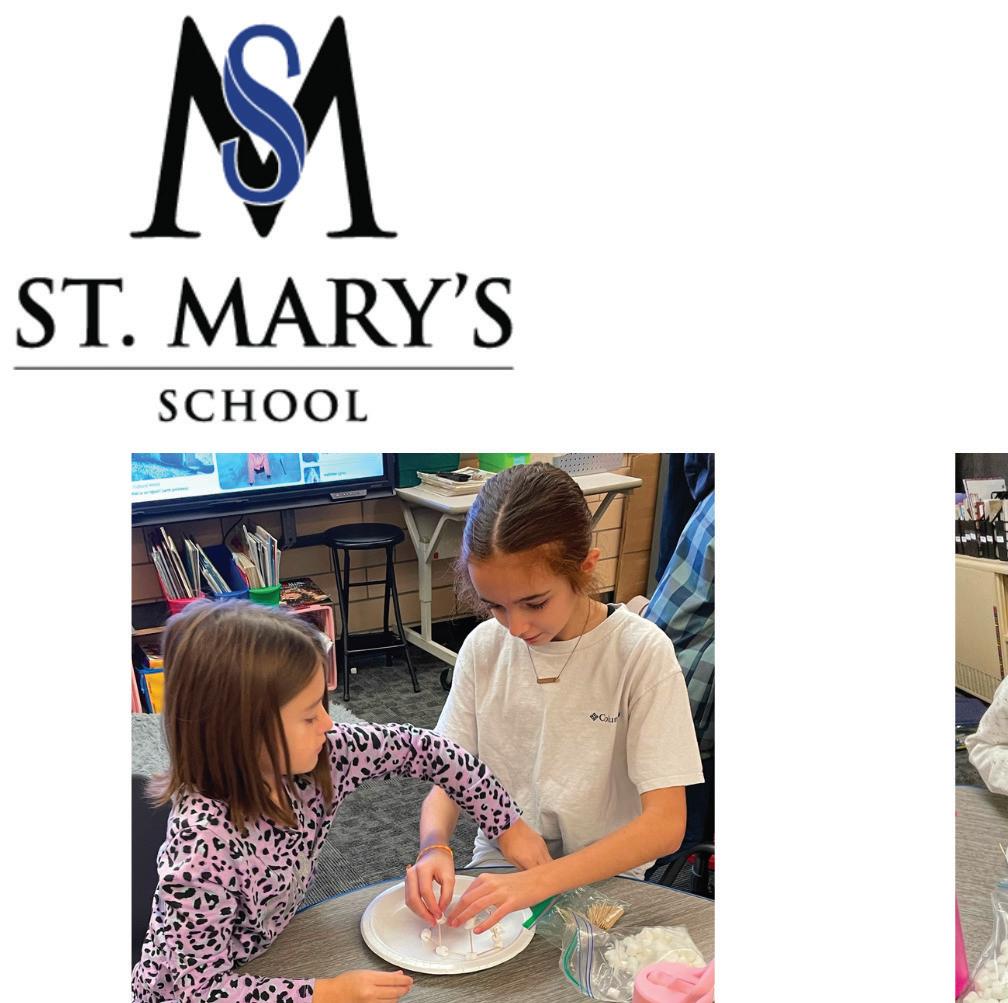







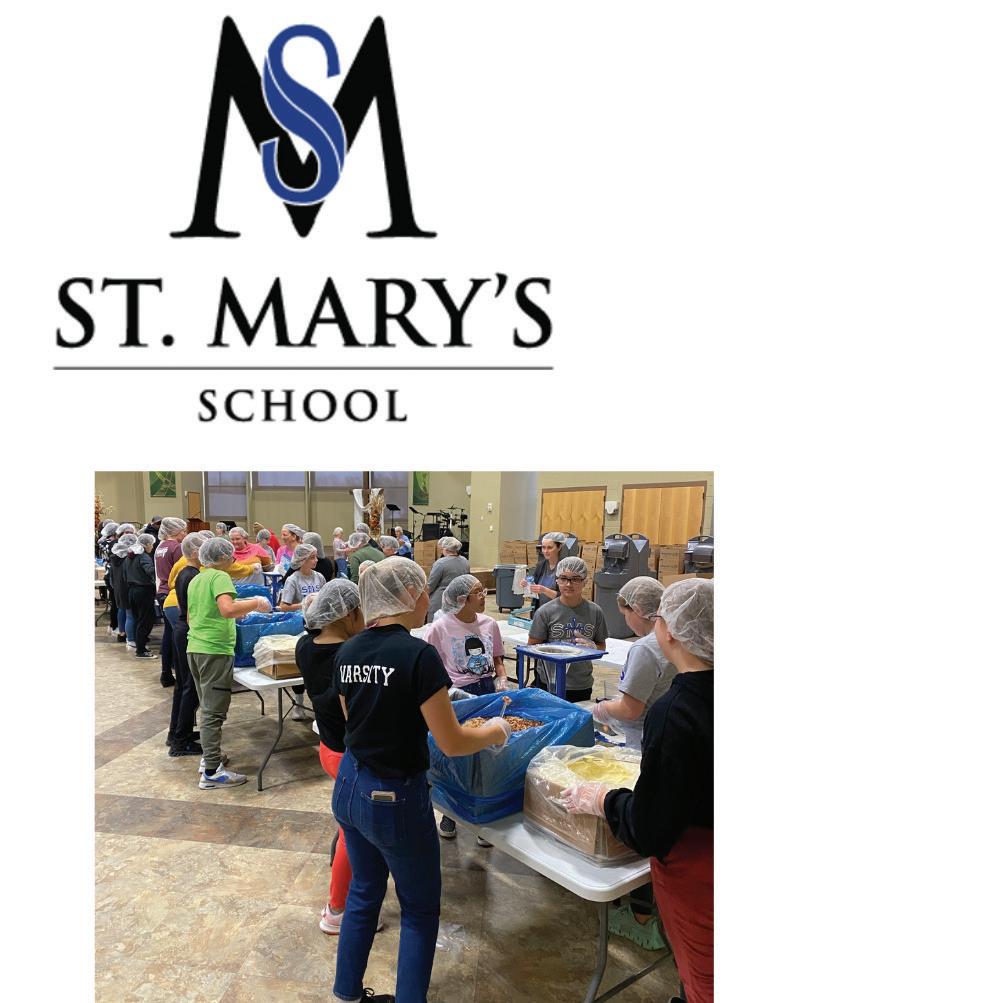



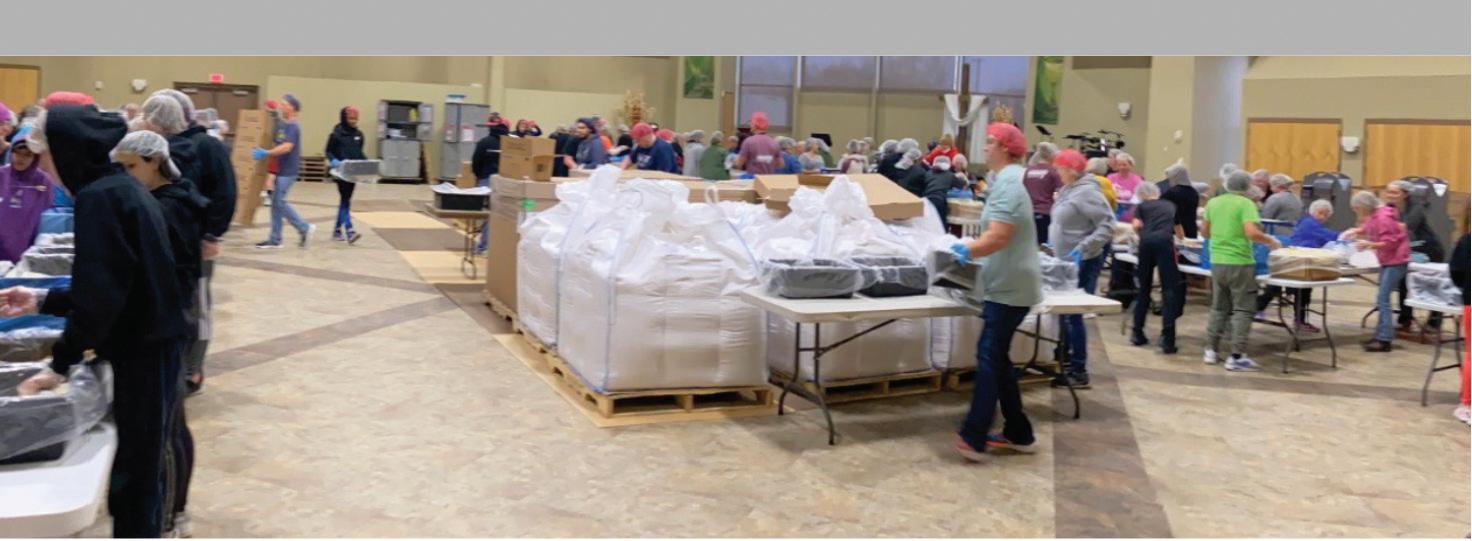








Owatonna Education Center, 338 Main Street East *Enter Door 2 off Main Street
Learn more about our Little Learners (3 years) and Bright Beginnings (4 years) preschool offerings held at Roosevelt and Owatonna Education Center.
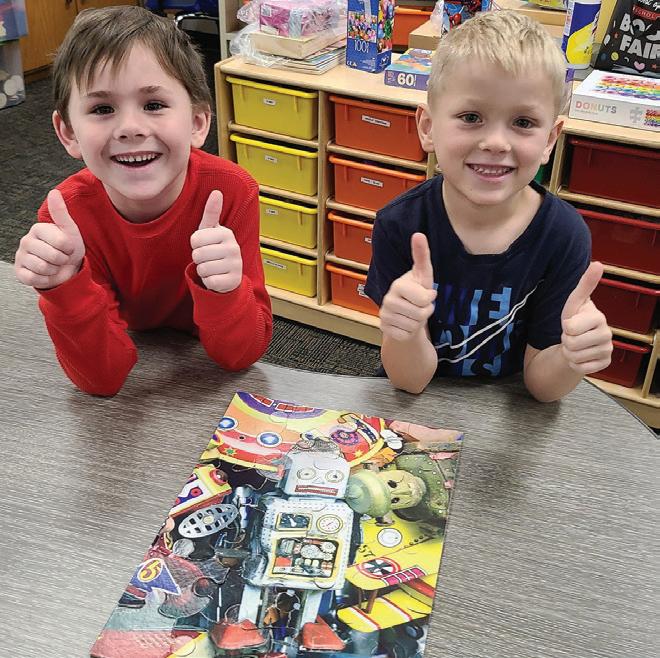
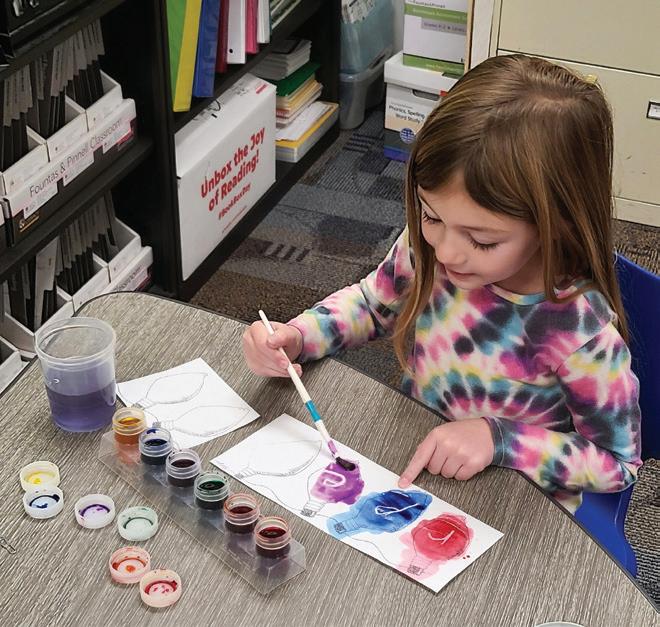
• Two short presentations from Early Childhood staff at 4:00 and 5:00 pm
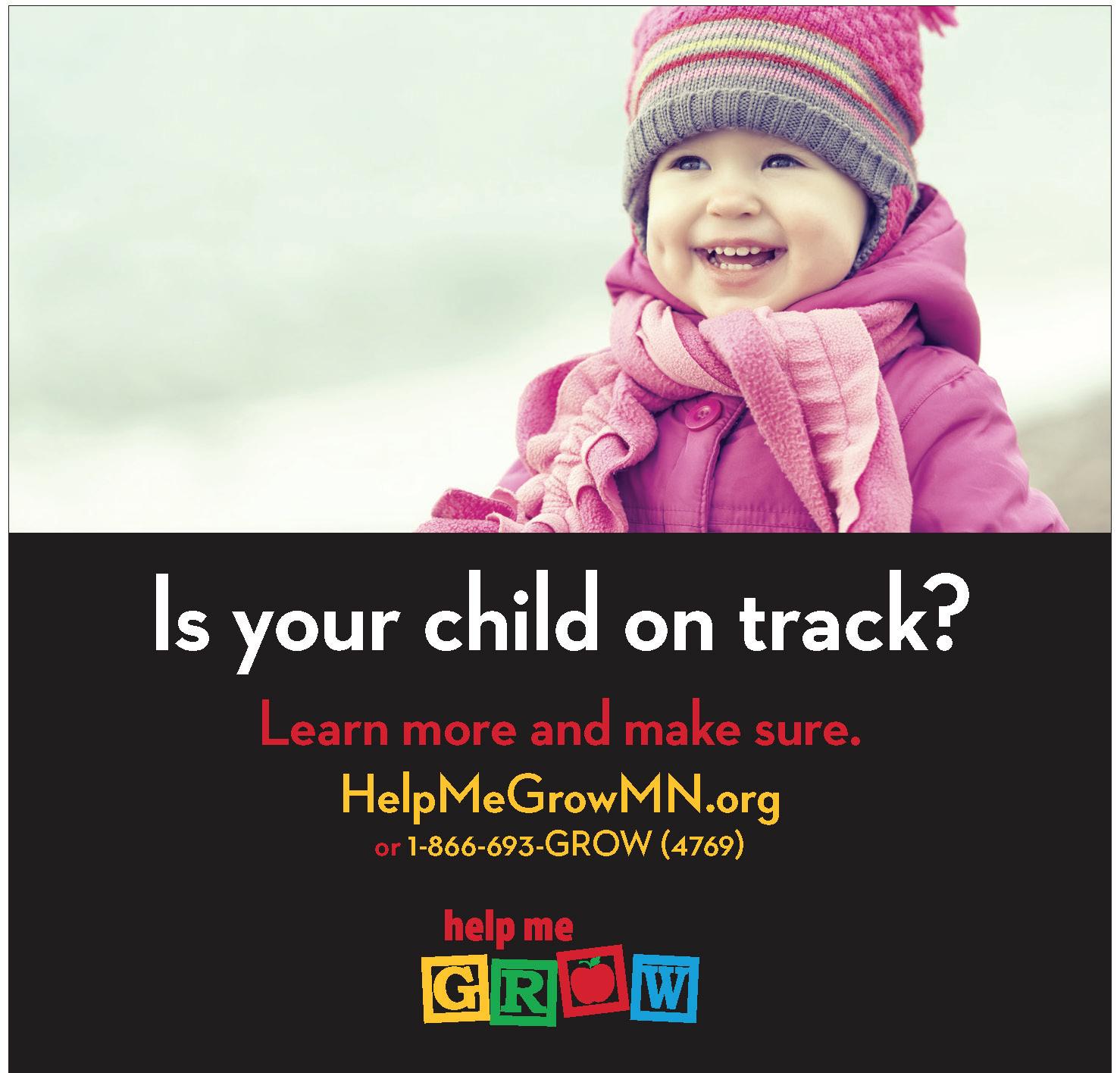
• Teachers will be available in classrooms to answer questions.
• Children are welcome to join in order to play and explore in the classrooms.
• Registration for 2023-24 will be open.
• For children who will be 3 years old by September 1, 2023.
• Center-based preschool located at Roosevelt Community School
• Two- and three-day options available
• For children who will be 4 years old by September 1, 2023
• Four days a week, morning class
• Roosevelt Community School 8:30-11:30 am
• Five days a week, morning or afternoon classes
Owatonna Education Center, 8:15-10:45 am or 12:15-2:45 pm

Roosevelt Community School, 12:30-3:00 pm
Benefits of Bright Beginnings Preschool
Most classrooms are co-taught by two licensed teachers (Early Childhood and Early Childhood Special Education) to meet all student needs. All classrooms have 2-3 adults. Dramatic play, writing, reading, art, building, and sensory centers in all classrooms
Independence and self-help skills emphasized Fountas & Pinnell curriculum builds literacy skills that set the foundation for reading, Everyday Mathematics curriculum, Conscious Discipline social skills Opportunities to engage in parent-child activities including field trips and conferences
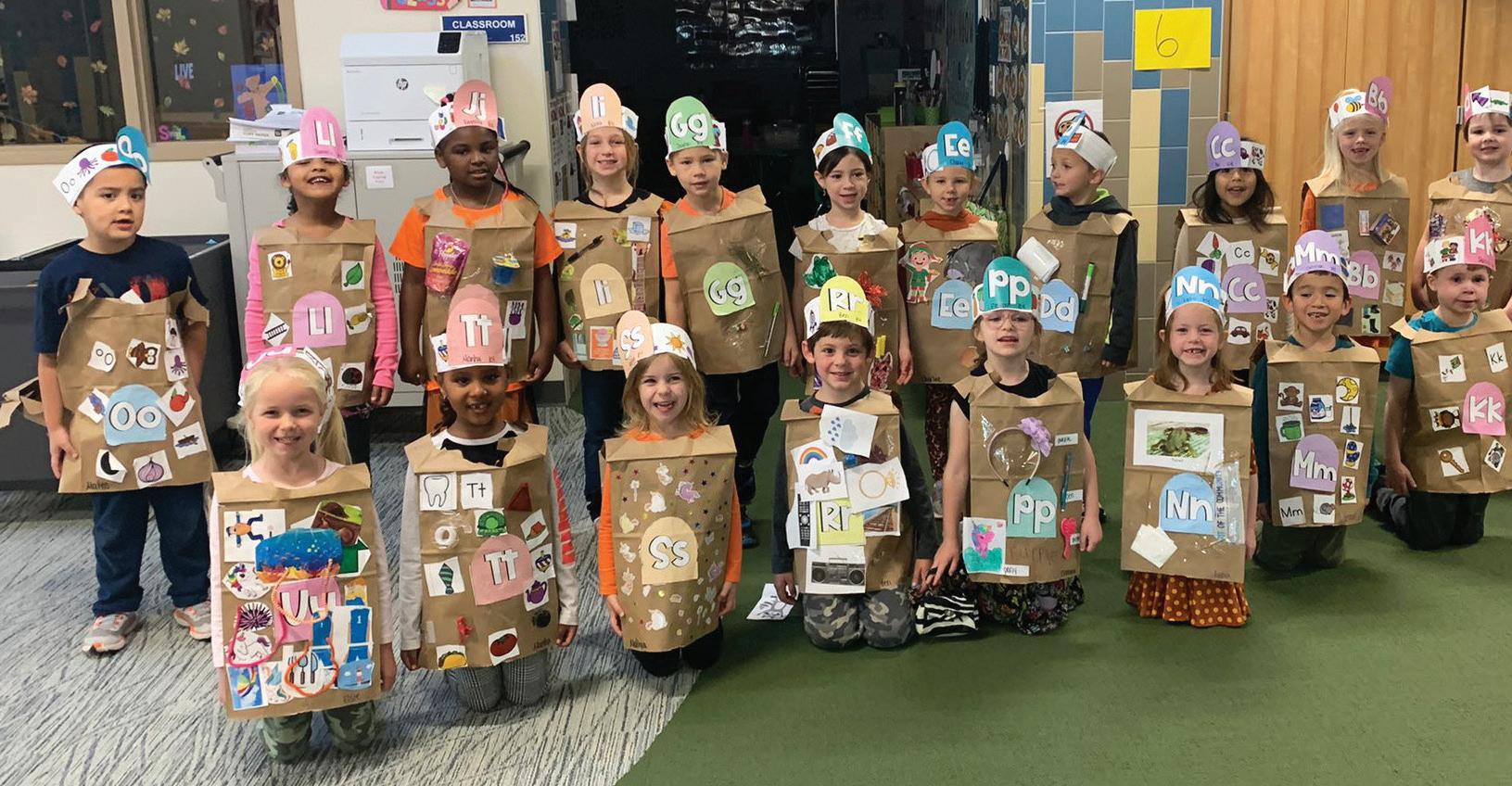



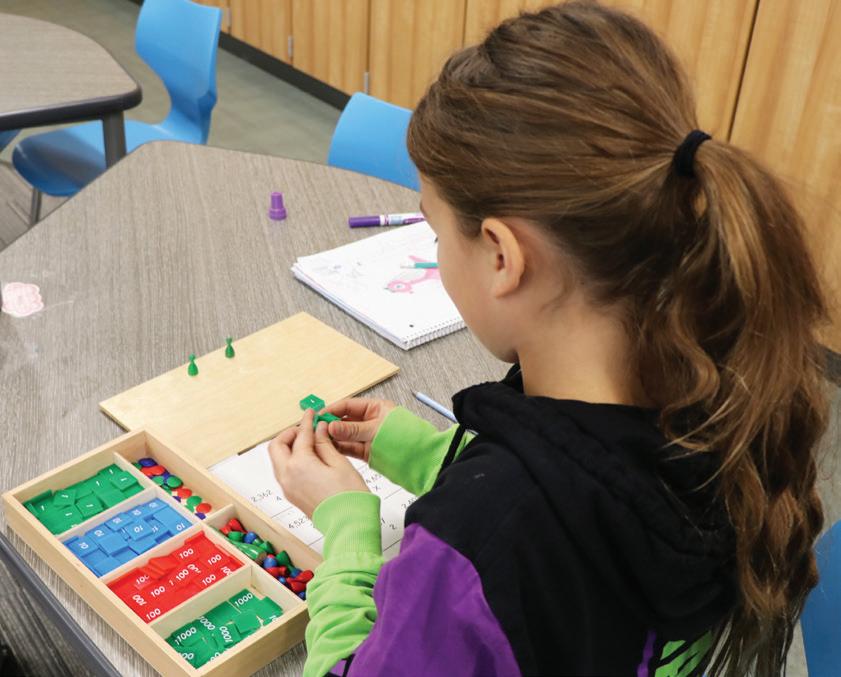
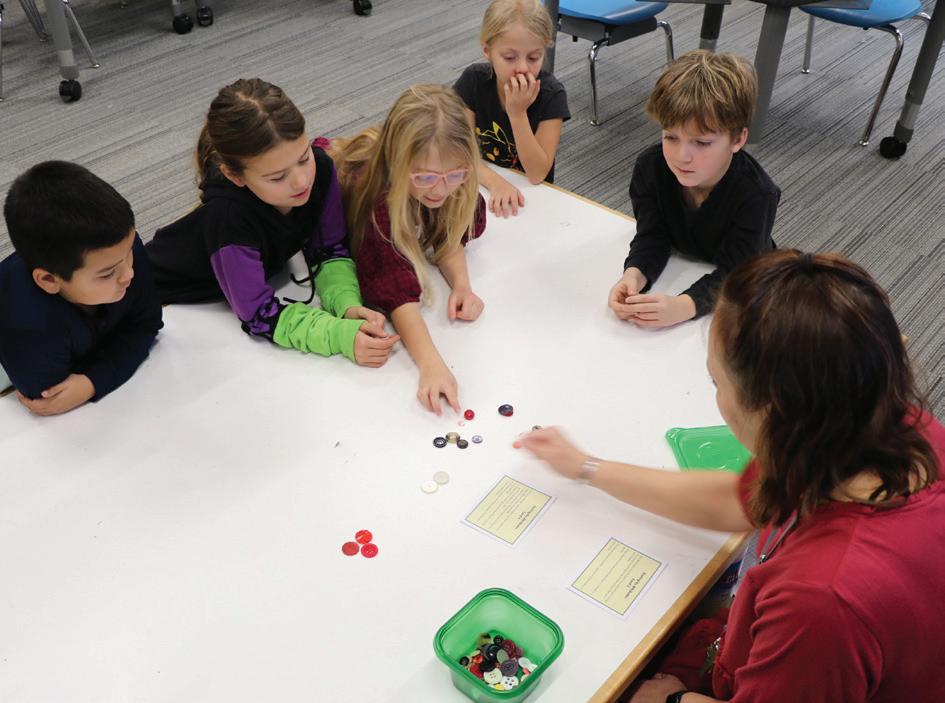

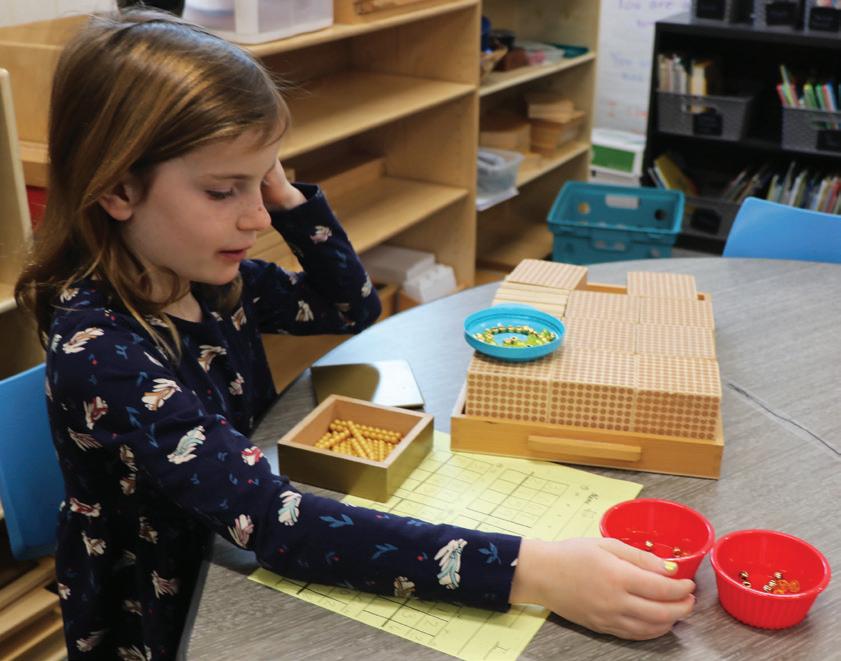

Don’t open your refrigerator door too often! Ever y time the door is opened, up to 30% of the cooled air can escape.





Turn off fans, lights, and TVs when you leave the room.






Use a table lamp for reading instead of turning on all the room lights.
Dr y your clothes on a clothesline instead of using a clothes dr yer.
Don’t continuously run the water when washing and rinsing dishes.
Take shor t showers instead of baths.
Turn off the water while brushing your teeth.
30% of home water use is flushed down the toilet – don’t use your toilet as a wastebasket!
To wash a car, wet it quickly, then use a bucket of soapy water Turn on the hose for a final rinse.
Find more conservation tips on our website: www.OwatonnaUtilities.com

